(+86)0532-88988868
1. What is the sewage treatment process?
The sewage treatment process refers to the measures that use various methods to separate the pollutants contained in the sewage or convert them into harmless substances, so that the sewage can be purified.
2. What are the main sewage treatment methods?
Common sewage treatment methods can be divided into 4 categories: physical method + chemical method + physicochemical method + biological method.
3. What is the physical method of sewage treatment?
Physical method refers to the physical or mechanical separation process, mainly including precipitation, filtration, oil separation, air flotation, centrifugal separation, etc.
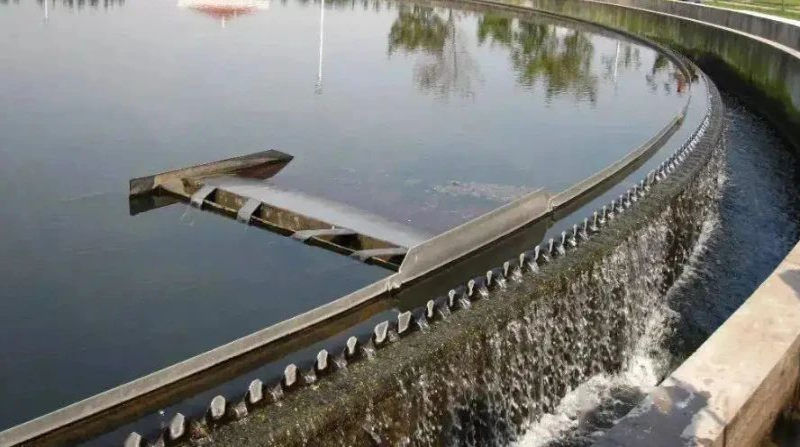
4. What is the chemical method of sewage treatment?
The chemical method refers to the conversion process in which the chemical substances added to the sewage react with the harmful substances, mainly including coagulation and sedimentation, neutralization, redox, chemical precipitation, etc.
5. What is the physicochemical method of sewage treatment?
Physicochemical method refers to the separation process of physical and chemical methods, mainly including adsorption, ion exchange, extraction, blow-off, etc.
6. What is the biological method of sewage treatment?
Biological method refers to the metabolic process of microbial oxidation and decomposition of organic matter in sewage, mainly including activated sludge, biofilm, anaerobic biological treatment, biological treatment under natural conditions, etc.
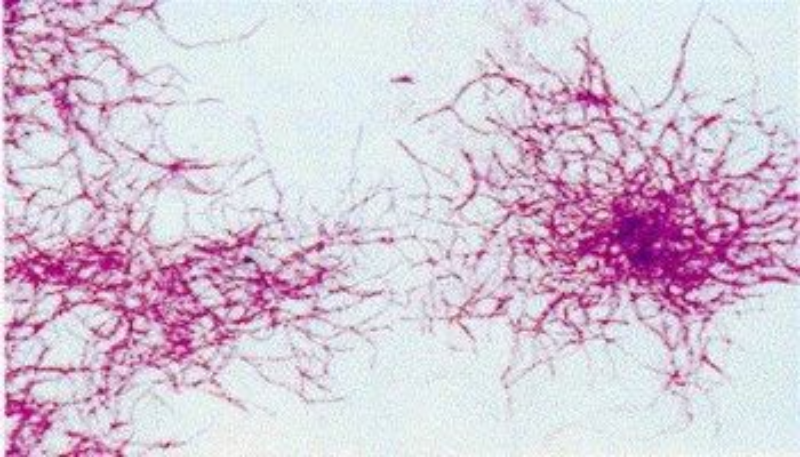
7. Can you focus on biological law?
Of course! The above summary of biological method refers to the metabolic process of microbial oxidation and decomposition of organic matter in sewage.
There are mainly activated sludge, biofilm, anaerobic biological treatment, biological treatment under natural conditions, etc. Let's talk about it separately one by one~~
7.1. Understand the activated sludge method
Activated sludge method refers to the method of continuously mixing and cultivating sewage and various microbial communities under artificial oxygenation conditions to form activated sludge, and using the biological agglomeration, adsorption and oxidation of activated sludge to decompose and remove organic pollutants in sewage.
The activated sludge method is divided into SBR method, CASS method, AO method, AAO method and oxidation ditch method.
(7.1.1) SBR method
SBR sewage treatment process, that is, sequential batch activated sludge method, the full name is sequential batch activated sludge method.
It is a process based on the activated sludge method of biological treatment of wastewater by degrading organic matter, ammonia, nitrogen and other pollutants in sewage under aerobic conditions with microorganisms growing in suspension. It is a wastewater treatment technology that is widely recognized and adopted around the world by intermittent aeration to change the growth environment of activated sludge in a sequential manner.
The common process is divided into five stages: water inlet, aeration reaction, precipitation, effluent, and idle.
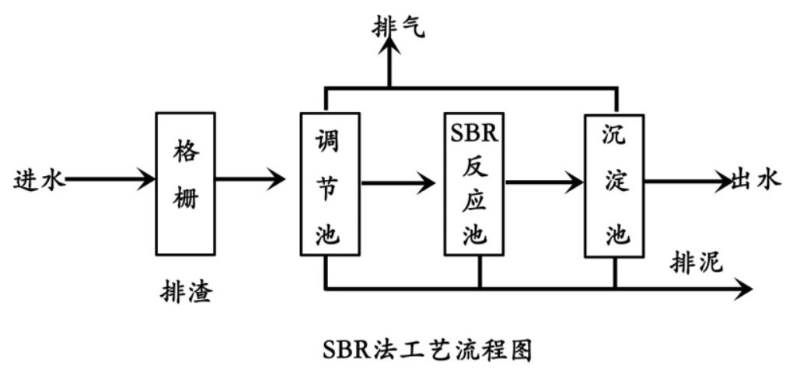
(7.1.2) CASS method
The CASS wastewater treatment process is a continuous process activated sludge system. It is known for its highly effective removal of organic matter and nitrogen and phosphorus, and is a well-established biological treatment process.
The common process is divided into five stages: sewage inflow, aeration tank, sedimentation tank, ammonia nitrogen oxidation tank, and filter.
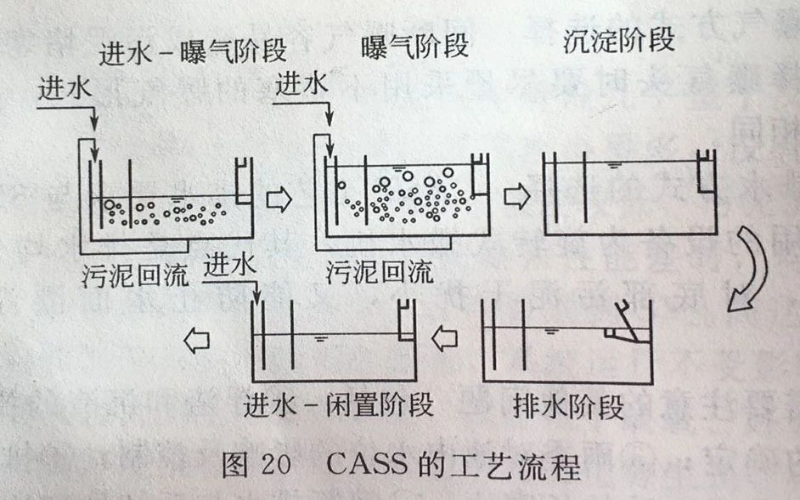
(7.1.3) AO method
AO process method is also called anaerobic aerobic process method, A is the anaerobic section, which is used for nitrogen and phosphorus removal, and O is the aerobic section, which is used to remove organic matter in water.
Its advantage is that in addition to degrading organic pollutants, it also has a certain function of denitrification and phosphorus removal, and it is the use of anaerobic hydrolysis technology as the pretreatment of activated sludge, so the AO method is an improved activated sludge method.

(7.1.4) AAO Law
AAO method, also known as A2O method (anaerobic-anoxic-aerobic) is a commonly used sewage treatment process, which can be used for secondary sewage treatment or tertiary sewage treatment, as well as reclaimed water reuse, with good nitrogen and phosphorus removal effects.
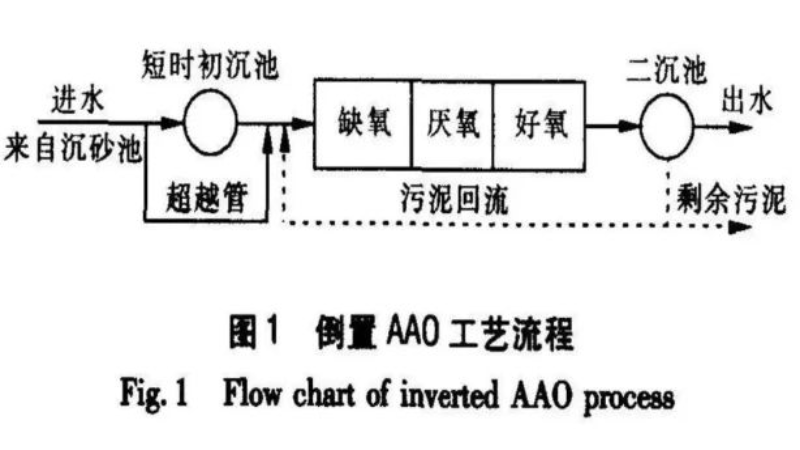
(7.1.5) Oxidation ditch method
The oxidation ditch process, also known as the oxidation ditch process, is named because of the closed annular ditch of its structure. Because sewage and activated sludge are constantly circulating in the aeration channel, some people call them "circulating aeration tanks" and "non-terminal aeration tanks".
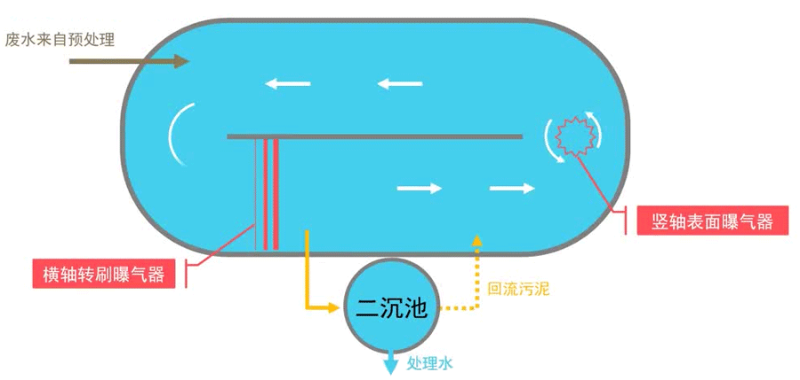
7.2. Understand the biofilm method
The biofilm method refers to the treatment of sewage or exhaust gases using a membrane-like biome fixed on the surface of an inert material.
The biofilm method is divided into: biological filter method, biological carousel method and biological contact oxidation method.
(7.2.1) Biological filter
A biofilter is a bioreactor used to treat wastewater, which is filled with inert filter material and grows biomes on the surface of the material to treat pollutants.
(7.2.2) Biological turntable
The biological turntable is a kind of bioreactor for aerobic treatment of sewage, which is composed of a sink and a set of discs, the lower part of the disc is immersed in water, the upper part of the disc is exposed to the air, and there is a biological community growing on the surface.
(7.2.3) Biological contact oxidation
Biological contact oxidation, its structure includes a tank body, a filler, a water distribution device, and an aeration device.
The working principle is as follows: a packing is set in the aeration tank and used as a carrier for the biofilm. After oxygenation, the wastewater to be treated flows through the filler at a certain flow rate, and is in contact with the biofilm, and the biofilm acts together with the suspended activated sludge to achieve the effect of purifying the wastewater.
7.3. Understand anaerobic biological treatment
Anaerobic biological treatment is a biotechnology with the function of degrading macromolecular organic matter in sewage.
Anaerobic biological treatment is an organic sewage treatment method that uses facultative anaerobic bacteria and obligate anaerobic bacteria to degrade macromolecular organic matter in sewage into low-molecular compounds, and then convert it into methane and carbon dioxide, which is divided into two stages: acid digestion and alkaline digestion.
In the acid digestion stage, the exoenzymes secreted by acid-producing bacteria turn macromolecular organic matter into simple organic acids and alcohols, aldehydes, ammonia, carbon dioxide, etc.
In the alkaline digestion stage, the metabolites of acid digestion are further decomposed into biogases composed of methane and carbon dioxide under the action of methane bacteria. This treatment method is mainly used for the treatment of high concentration of organic wastewater and fecal wastewater.
It mainly includes anaerobic digestion, hydrolysis acidification tank, UASB, etc.
7.4. Understand the biological treatment method under natural conditions
There are two main biological treatment methods under natural conditions: water purification and soil purification. The purification process and mechanism of the water purification method are similar to those of the activated sludge method under artificial conditions. The purification process and mechanism of the soil purification method are similar to those of the biofilm method under artificial conditions.
(7.4.1) Biological ponds
A facility that treats organic wastewater using microorganisms growing in the pond water in a natural or artificially renovated pond is called a biopond.
(7.4.2) Land Disposal Law
A general term for methods of improving water quality with soil and plants, while using the water and nutrients from wastewater to nourish the land.
There are three main methods of land treatment: irrigation, flood irrigation and high irrigation rate infiltration. Modern sewage treatment technology, according to the degree of treatment, can be divided into primary, secondary and tertiary treatment.


